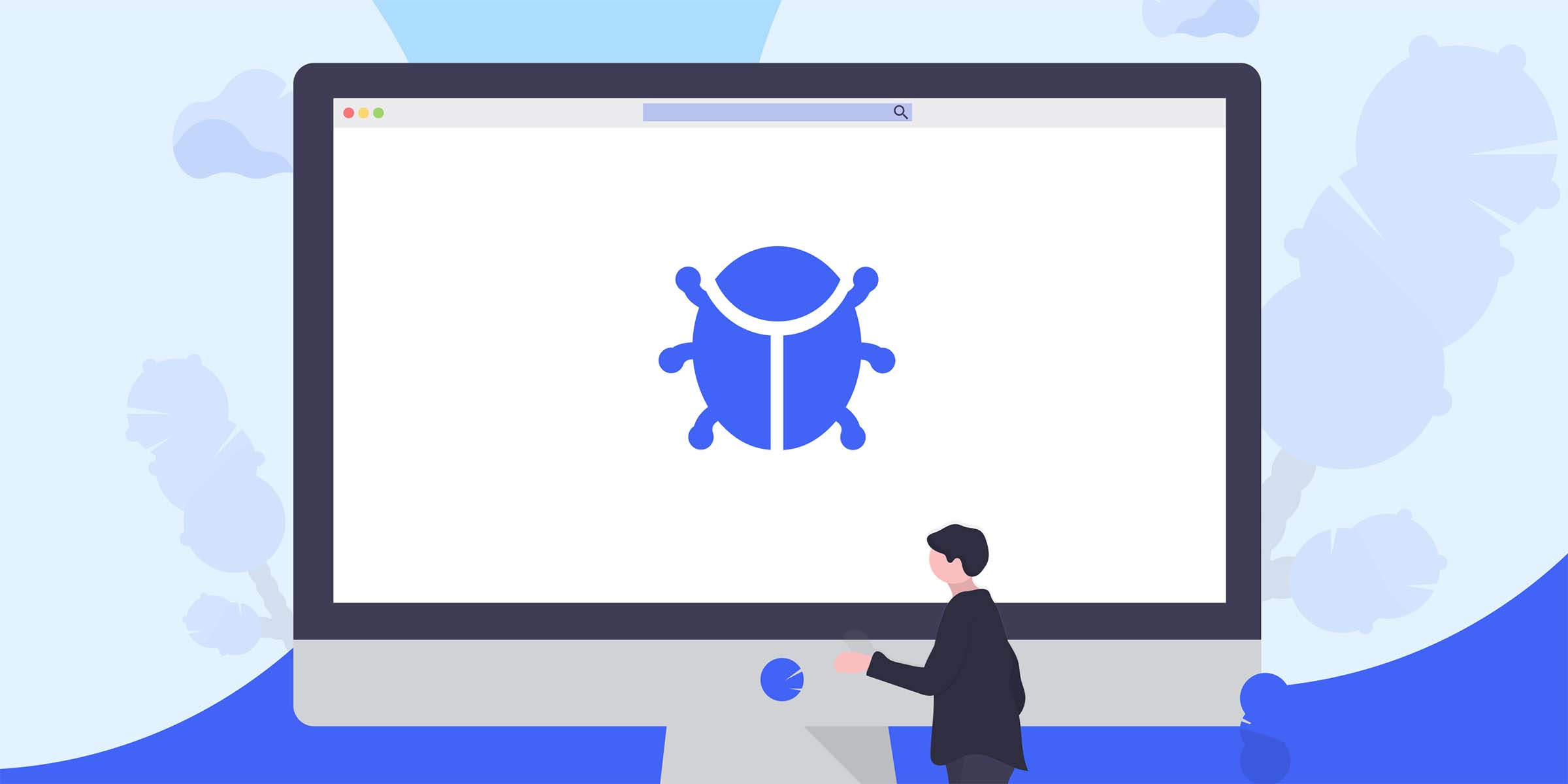Residential Proxies
Allowlisted 200M+ IPs from real ISP. Managed/obtained proxies via dashboard.

Proxies Services
Residential Proxies
Allowlisted 200M+ IPs from real ISP. Managed/obtained proxies via dashboard.
Residential (Socks5) Proxies
Over 200 million real IPs in 190+ locations,
Unlimited Residential Proxies
Unlimited use of IP and Traffic, AI Intelligent Rotating Residential Proxies
Static Residential proxies
Long-lasting dedicated proxy, non-rotating residential proxy
Dedicated Datacenter Proxies
Use stable, fast, and furious 700K+ datacenter IPs worldwide.
Mobile Proxies
Dive into a 10M+ ethically-sourced mobile lP pool with 160+ locations and 700+ ASNs.
Scrapers
Collection of public structured data from all websites
Proxies
Residential Proxies
Allowlisted 200M+ IPs from real ISP. Managed/obtained proxies via dashboard.
Starts from
$0.6/ GB
Residential (Socks5) Proxies
Over 200 million real IPs in 190+ locations,
Starts from
$0.03/ IP
Unlimited Residential Proxies
Unlimited use of IP and Traffic, AI Intelligent Rotating Residential Proxies
Starts from
$1816/ MONTH
Rotating ISP Proxies
ABCProxy's Rotating ISP Proxies guarantee long session time.
Starts from
$0.4/ GB
Static Residential proxies
Long-lasting dedicated proxy, non-rotating residential proxy
Starts from
$4.5/MONTH
Dedicated Datacenter Proxies
Use stable, fast, and furious 700K+ datacenter IPs worldwide.
Starts from
$4.5/MONTH
Mobile Proxies
Allowlisted 200M+ IPs from real ISP. Managed/obtained proxies via dashboard.
Starts from
$1.2/ GB
Scrapers
Web Unblocker
Simulate real user behavior to over-come anti-bot detection
Starts from
$1.2/GB
Serp API
Get real-time search engine data With SERP API
Starts from
$0.3/1K results
Scraping Browser
Scale scraping browsers with built-inunblocking and hosting
Starts from
$2.5/GB
Documentation
All features, parameters, and integration details, backed by code samples in every coding language.
TOOLS
Resources
Addons
ABCProxy Extension for Chrome
Free Chrome proxy manager extension that works with any proxy provider.
ABCProxy Extension for Firefox
Free Firefox proxy manager extension that works with any proxy provider.
Proxy Manager
Manage all proxies using APM interface
Proxy Checker
Free online proxy checker analyzing health, type, and country.
Proxies
AI Developmen
Acquire large-scale multimodal web data for machine learning
Sales & E-commerce
Collect pricing data on every product acrossthe web to get and maintain a competitive advantage
Threat Intelligence
Get real-time data and access multiple geo-locations around the world.
Copyright Infringement Monitoring
Find and gather all the evidence to stop copyright infringements.
Social Media for Marketing
Dominate your industry space on social media with smarter campaigns, anticipate the next big trends
Travel Fare Aggregation
Get real-time data and access multiple geo-locations around the world.
By Use Case
English
繁體中文
Русский
Indonesia
Português
Español
بالعربية

How To Safely Scrape Data From Wayback Machine
In the digital age, accessing historical website data can provide valuable insights for various purposes such as research, analysis, or content retrieval. The Wayback Machine, operated by the Internet Archive, is a widely-used tool for accessing archived web pages. However, scraping data from the Wayback Machine can be a complex process, and it's important to do it safely and ethically to avoid any potential legal issues. In this blog post, we will discuss the best practices for safely scraping data from the Wayback Machine.
Before delving into the process of scraping data from the Wayback Machine, it's essential to understand how this tool works. The Wayback Machine is a digital archive of the World Wide Web, allowing users to access snapshots of web pages stored at different points in time. It archives web pages through web crawling and provides a calendar view of snapshots for a specific URL.
When scraping data from the Wayback Machine, it's crucial to adhere to ethical guidelines and respect the terms of service set by the Internet Archive. Avoid scraping data in a way that may overload their servers or violate their usage policies. It's recommended to check the Robots.txt file of the Wayback Machine to understand what is allowed to scrape and what is not.
1. **Use Proper Scraping Tools**: Choose reliable scraping tools that can access the Wayback Machine without causing any disruptions. Tools like Beautiful Soup or Scrapy are commonly used for web scraping and can handle the complexities of scraping archived web pages.
2. **Set Delays and Limits**: To avoid overloading the Wayback Machine servers, set delays between your requests and limit the number of requests per minute. This will ensure a smooth scraping process without causing any disruptions to the service.
3. **Respect Copyright Laws**: When scraping data from the Wayback Machine, be mindful of copyright laws and only use the scraped data for legal purposes. Do not republish or redistribute the scraped data without proper authorization.
4. **Monitor Scraping Activity**: Keep track of your scraping activity and monitor any changes in the Wayback Machine's terms of service. If there are any restrictions or changes, adjust your scraping practices accordingly to comply with the guidelines.
After scraping data from the Wayback Machine, it's important to ensure the quality and accuracy of the scraped data. Perform data cleaning and validation processes to eliminate any errors or inconsistencies in the scraped content. This will help maintain the integrity of the data for further analysis or research purposes.
Scraping data from the Wayback Machine can be a valuable resource for accessing historical web page data. By following ethical guidelines, using proper scraping tools, and respecting copyright laws, you can safely scrape data from the Wayback Machine without any legal issues. Remember to prioritize data quality and compliance with the Wayback Machine's terms of service to make the most out of this powerful archival tool.
Featured Posts
Popular Products
Residential Proxies
Allowlisted 200M+ IPs from real ISP. Managed/obtained proxies via dashboard.
Residential (Socks5) Proxies
Over 200 million real IPs in 190+ locations,
Unlimited Residential Proxies
Use stable, fast, and furious 700K+ datacenter IPs worldwide.
Rotating ISP Proxies
ABCProxy's Rotating ISP Proxies guarantee long session time.
Residential (Socks5) Proxies
Long-lasting dedicated proxy, non-rotating residential proxy
Dedicated Datacenter Proxies
Use stable, fast, and furious 700K+ datacenter IPs worldwide.
Web Unblocker
View content as a real user with the help of ABC proxy's dynamic fingerprinting technology.
Related articles

Boost Your Web Scraping Skills with Easy Install of Scrapy Splash
Learn how to enhance your web scraping abilities with the powerful combination of 'pip install scrapy splash'. Explore the seamless integration and boost your data extraction efficiency today!

Safely Extract Data from Wayback Machine: Top Techniques Revealed
Learn how to safely scrape data from Wayback Machine with our expert tips. Safely extract valuable information without any hassle.

Exploring the Diverse Application Scenarios of Web Crawling: A Comprehensive Insight
Web crawling is a crucial technique widely used in a variety of fields. This blog explores the diverse application scenarios of web crawling, shedding light on its importance in data mining, SEO analysis, and content aggregation. Dive into the world of web crawling with us!